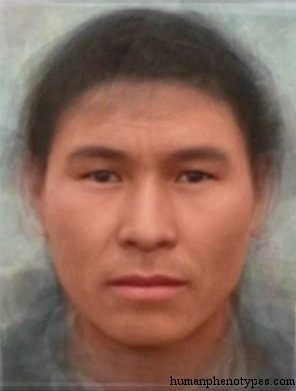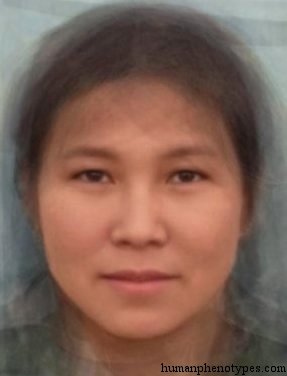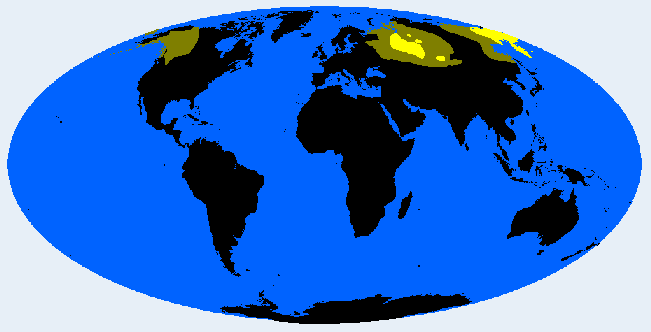Description:
Ancient North Asian type found in indigenous Siberians. Does not number more than a few thousand today, but was more widespread during the Mesolithic. During the Neolithic Nordid-Mediterranean groups pushed it back, later the Tungid expansion, and more recently East Europid colonisation. Sibirids are characterised by short, thickset bodies, short limbs, low skulls of medium length, angular, not very flat faces, prominent cheekbones, moderate Mongolian folds, and modest body hair, prominent noses, the skin is yellow-reddish light brown, hair colour mixed. Along the Ob river, the Uralid variety is common and shows affinities to Europids. Together with the Yenisey type, it may be called West Sibirid. The northern, more mixed Samoyedic is sometimes included. In the far East, the East Sibirid or Chukchid variety shows similarities to Eskimids. Sibirid traces reach as far as West Canada and North Finland.Names:
Sibirid (Eickstedt, 1937. 1952; Vogel, 1974; Knussmann, 1996), Sibérienne (Vallois, 1968), Paleosiberiana (Biasutti, 1967), Sibiriderna (Lundman, 1943), Paléosibérienne (Montandon, 1933), Homo s. mongoloideus (Gregory, 1921).







